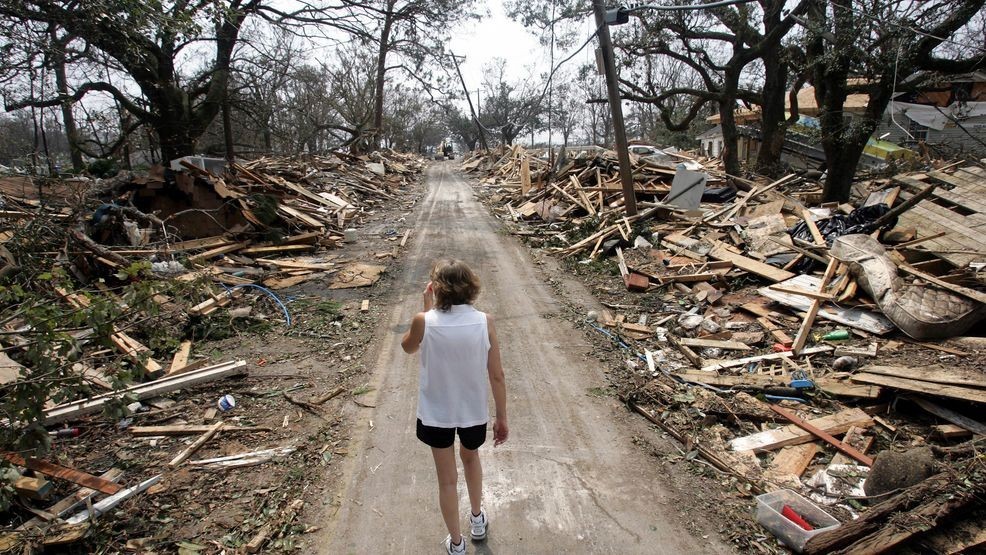Natural Disasters
Most US drug facilities are in areas hit by natural disasters, risking shortages

**US Drug Production Escalates Risk Amid Natural Disaster Zones**
What’s Happening?
Alarming data reveals over 60% of U.S. drug manufacturing facilities are located in regions vulnerable to extreme weather events. The recent Hurricane Helene destruction, which crippled a critical IV fluid plant in western North Carolina, underscores the urgent risk of supply shortages in the healthcare sector. Experts warn this could disrupt critical supplies, accelerating costs and pushing the medical system to its limits—especially in emergencies.
Where Is It Happening?
The at-risk facilities span across the U.S., heavily concentrated in disaster-prone areas, including coastal regions and flood zones.
When Did It Take Place?
Issues were highlighted after Hurricane Helene struck western North Carolina in September 2024, damaging a major manufacturing plant and disrupting the production of vital sterile IV solutions.
How Is It Unfolding?
- Scientific reports confirm over 60% of U.S. drug production plants are in disaster zones
- Hurricane Helene destroyed a key IV fluid manufacturer, triggering supply concerns
- Healthcare professionals are scramling to navigate rising costs and logistical hurdles
- Government agencies are reviewing contingency plans for cost-saving solutions
Quick Breakdown
- 60%+ of drug facilities in areas prone to natural disasters
- North Carolina plant disaster highlights supply chain fragility
- IV fluids and other critical medical gear at risk
- Experts urge for relocation and infrastructure upgrades
Key Takeaways
Relocating manufacturing facilities outside of high-risk disaster zones could reduce the ripple effects of natural disasters on the medical supply chain. The current situation forces hospitals to face inflated prices, supply scarcity, and the logistical nightmare of rerouting essential medications. Such disruptions could easily strain the healthcare system, creating immediate and long-term challenges for patients and providers alike.
Many administrators will use this crisis to justify price hikes, even thoughffixes are available but economic incentives drive continued risk.
– Dr. Emily Hart, Healthcare Policy Analyst
Final Thought
This issue needs urgent attention as the intersection of disaster risk and healthcare is an untapped focus in infrastructure transformation. Moving forward, government bodies must collaborate with healthcare providers, insurers, and logistics firms to strategically relocate vulnerable facilities and avoid unnecessary medical shortages. Planning today ensures readiness tomorrow.
Source & Credit: https://arstechnica.com/health/2025/08/most-us-drug-facilities-are-in-areas-hit-by-natural-disasters-risking-shortages/












